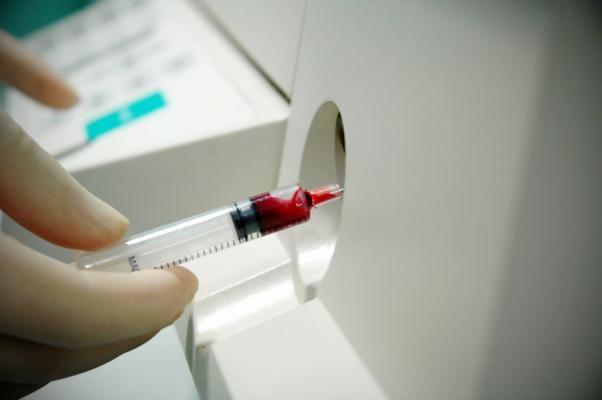
November 13, 2015 — A new study appearing in STEM CELLS Translational Medicine (SCTM) describes a highly efficient, protein-based method for turning fibroblasts — the most common cells in connective tissue — into cardiac progenitor cells (CPCs). The results could lead to a much-needed new source of cells for regenerating the heart. Equally exciting is that the technology also converts the fibroblasts directly to CPCs, skipping an in-between and significantly speeding up the process.
Stem cell transplantation has shown great promise in helping repair a damaged heart, but finding the best source of these cells in quantities large enough for clinical application has been a challenge. Some success in coaxing induced pluipoent stem cells (iPSCs) to become cardiomyocytes (heart muscle cells) has been accomplished using genetics, but safety issues stemming from the integration of foreign genes into the host and from the use of viral vectors are a concern.
Proteins can briefly modulate the gene expression of the host cells, leading to complete transformation of the parental phenotype using a method that is virus-free and does not introduce any foreign genetic material into the recipient’s system. While researchers have had some success in using proteins to reprogram cells, the number of cells that turned into the intended cell types remains low.
In the SCTM study, a team of scientists from Guangdong General Hospital, Guangzhou Medical University (GMU), Guangdong, China, and Wayne State University (WSU), Detroit, Michigan, reported they overcame this problem by using a simple, non-viral based protein delivery system consisting of four modified transcription factors (GHMT) and three growth factors. When fibroblasts from human skin were reprogrammed to become CPCs, the yield of CPCs was 80 percent. When these cells were then transplanted into rat hearts after a heart attack, cardiac function showed improvement.
Xi-Yong Yu, M.D., Ph.D., of GMU’s Guangdong Cardiovascular Institute, is co-lead investigator of the study. “The resulting CPCs were similar to cardiac progenitors in appearance, colony formation, activation of cardiac marker genes and cardiac lineage differentiation potential,” he said. “We believe this protein reprogramming strategy lays the foundation for future refinements and might provide a source of CPCs for regenerative approaches.”
Co-lead investigator Jianjun Wang, Ph.D., of the Biochemistry and Molecular Biology Department in WSU’s Medical School, added that using undifferentiated CPCs as the building blocks to grow specific types of heart tissue is of great interest for regenerating the myocardium. “However,” he cautioned, “it will be critical to determine whether key physiological properties are faithfully reproduced after reprogramming. Further study is also needed to investigate the characteristics of in vivo differentiated cardiomyocytes and vasculatures [blood vessels] from protein-induced CPCs in their native environment, which might promote survival, maturation and coupling with neighboring cells.”
Yigang Wang, M.D., Ph.D., director of regenerative medicine at University of Cincinnati Medical Center, is another noted researcher focused on the technology involved in producing CPCs with high efficiency. He commented on the Yu-Wang team’s findings, saying that he “hopes that it will lead to a new source of abundant seed cells for cardiac tissue engineering in a clinical setting.”
“While additional research is needed to fully understand the properties of these cells, the results suggest a potentially safer method to generate cardiac progenitor cells for use as a regenerative therapy after a heart attack,” said Anthony Atala, M.D., editor-in-chief of STEM CELLS Translational Medicine, and director of the Wake Forest Institute for Regenerative Medicine.
For more information: www.stemcellstm.com


 November 12, 2025
November 12, 2025 









